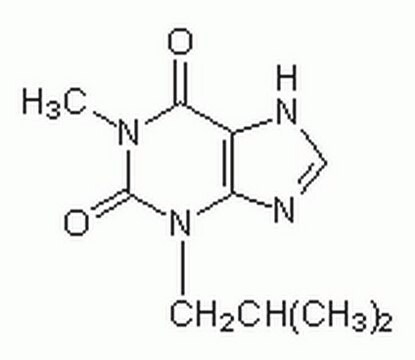DIF001
3T3-L1 DIFFERENTIATION KIT
Sufficient for 100 mL differentiation medium
About This Item
Produits recommandés
Forme
solution
Utilisation
100 mL differentiation medium
Technique(s)
cell culture | mammalian: suitable
Conditions d'expédition
wet ice
Température de stockage
−20°C
Description générale
Application
- Differentiation of 3T3-L1 preadipocytes to adipocytes.
- Study of obesity, adipogenesis, lipolysis and lipid metabolism
- Differentiation of 3T3-L1 preadipocytes to adipocytes
- Study of obesity, adipogenesis, lipolysis and lipid metabolism.
Composants
Differentiation Cocktail, 1000x (lyophilized) 1 vl (Catalog Number DIF001B, Yellow Cap)
DMSO (anhydrous) 0.5 ml (Catalog Number DIF001C, Blue Cap)
Stockage et stabilité
Mention d'avertissement
Danger
Mentions de danger
Conseils de prudence
Classification des risques
Repr. 1B
Code de la classe de stockage
6.1C - Combustible, acute toxic Cat.3 / toxic compounds or compounds which causing chronic effects
Classe de danger pour l'eau (WGK)
WGK 3
Faites votre choix parmi les versions les plus récentes :
Certificats d'analyse (COA)
Vous ne trouvez pas la bonne version ?
Si vous avez besoin d'une version particulière, vous pouvez rechercher un certificat spécifique par le numéro de lot.
Déjà en possession de ce produit ?
Retrouvez la documentation relative aux produits que vous avez récemment achetés dans la Bibliothèque de documents.
Notre équipe de scientifiques dispose d'une expérience dans tous les secteurs de la recherche, notamment en sciences de la vie, science des matériaux, synthèse chimique, chromatographie, analyse et dans de nombreux autres domaines..
Contacter notre Service technique







